Seagrass Nursery News – Special Planting Edition!
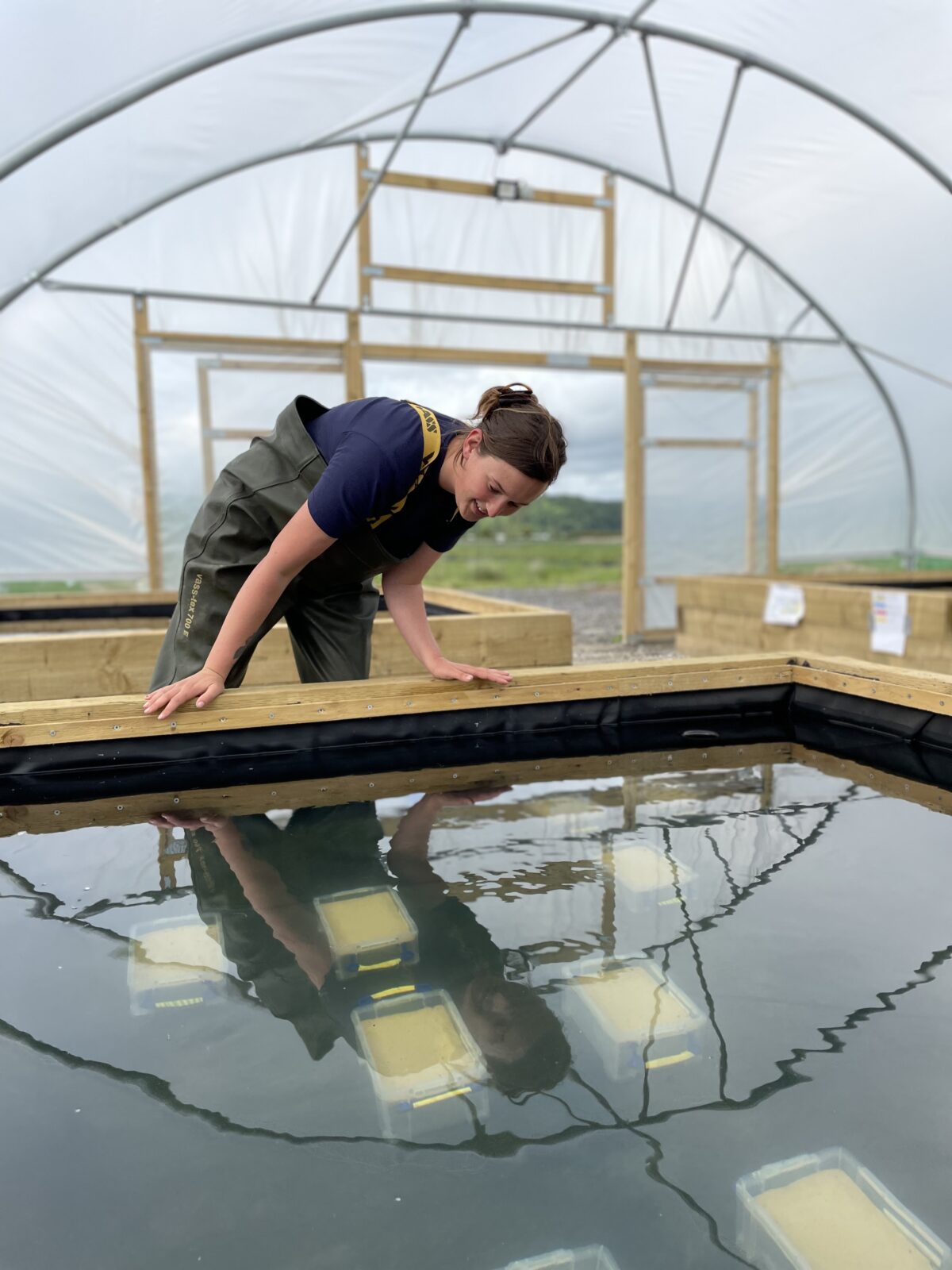
By Elise Simone de Tourtoulon-Adams
Seagrass Nursery News – Vol. 8
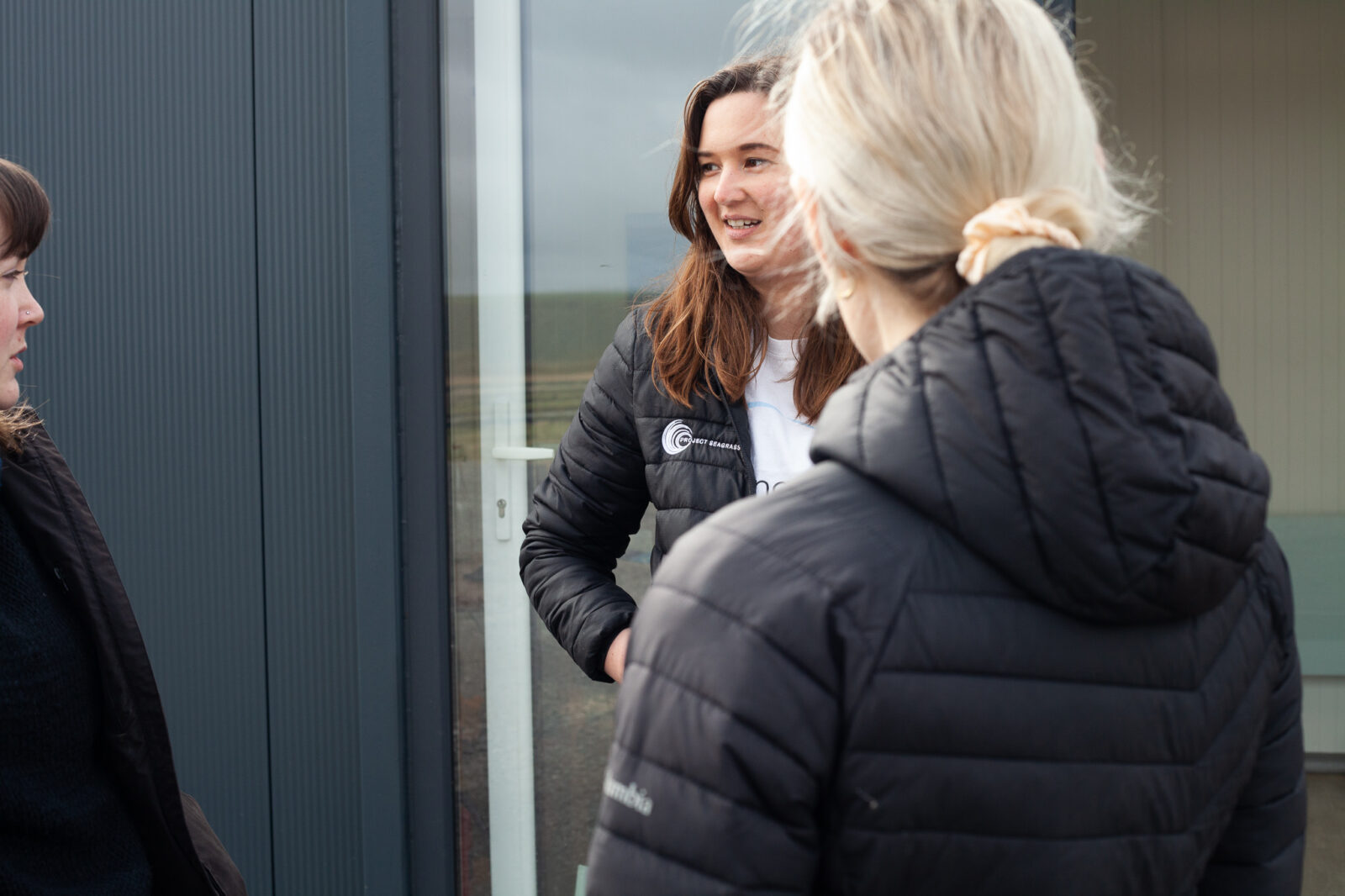
By Elise Simone de Tourtoulon-Adams
Want to host the 15th International Seagrass Biology Workshop?
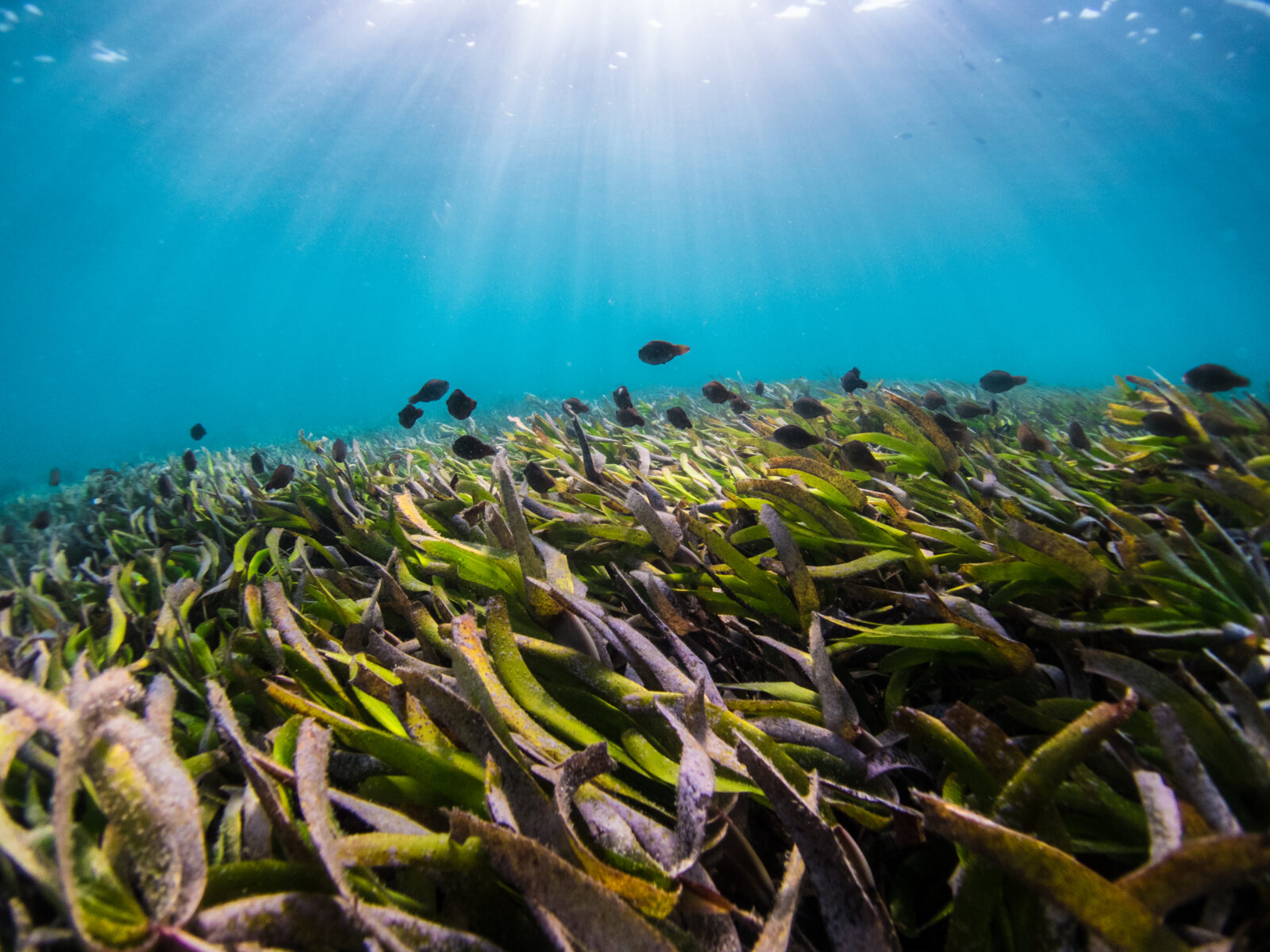
The World Seagrass Association Inc. invites expressions of interest from members and interested organisations/institutions who would like to host the 15th International Seagrass Biology Workshop (ISBW) in 2024.The International Seagrass Biology Workshop series is a meeting of research scientists, students and coastal environment managers focusing on global seagrass issues, improving seagrass knowledge, developing networks and advocating for seagrass protection/conservation.ISBWs are often 2-3 day workshops with an additional day for a field trip. Participants are generally limited to 100 however this is highly dependent on the venue. The timing for ISBWs has mostly been late September, although the timing is dependent on the most suitable for the hosting country (e.g. tides, holidays, etc). After the first ISBW in 1993, it was decided that meetings were to be held at two year intervals, swapping between developed and developing nation locations if possible. ISBW14 was originally scheduled to be held in 2020, but has been postponed to 2022 in light of the global COVID-19 pandemic. The 2022 meeting (ISBW14) will be held in Annapolis (Maryland, USA) from 7 – 12 August 2022, in conjunction with the World Seagrass Conference (WSC2022) (https://isbw14.org/). Past ISBW venues included: ISBW1 (1993) Japan – KominatoISBW2 (1996) Australia – Rottnest IslandISBW3 (1998) The Phillippines – Quezon City and BolinaoISBW4 (2000) France – Corsica!SBW5 (2002) Mexico – EnsenadaISBW6 (+Conference) (2004) Australia –Townsville and Magnetic islandISBW7 (2006) Africa – ZanzibarISBW8 (2008) Canada – Bamfield, Vancouver islandISBW9 (+Conference) (2010) Thailand – Phuket and Trang ProvinceISBW10 (2012) Brazil – BuziosISBW11 (2014) China – Sanya, Hainan ProvinceISBW12 (2016) United Kingdom – Nant Gwrtheyrn, WalesISBW13 (+Conference) (2018) Singapore To read about the history of the ISBW series, see Coles, R., Short, F., Fortes, M. and Kuo, J (2014) Twenty years of seagrass networking and advancing seagrass science: The International Seagrass Biology Workshop Series. Pacific Conservation Biology 20(1): 8–16. (http://www.publish.csiro.au/nid/302/paper/PC140008.htm), and Hind-Ozan, E.J., Jones, B.L., 2017. Seagrass science is growing: A report on the 12th International Seagrass Biology Workshop. Marine Pollution Bulletin. http://dx.doi.org/10.1016/j.marpolbul.2017.08.017The International Seagrass Biology Workshop (ISBW) is an official activity of the World Seagrass Association Inc., and WSA Inc. plays a guiding role, and assists the Convener/Organising Committee when requested. Members or organisations/institutions who are interested in submitting an expression of interest to host the 15th International Seagrass Biology Workshop (ISBW15) in 2024 should send a letter by email to Len McKenzie, Secretary, World Seagrass Association Inc., at wsa.secretary@gmail.com no later than May 31, 2022. Please include the name and complete contact information including address, phone and fax numbers, and email address of the member or organisations/institutions expressing interest. Letter should clearly state the country location and supporting organisation. Dot points covering the information required are acceptable. The WSA may require more detailed information in future before a final decision. If you require additional information or any enquiries, please email wsa.secretary@gmail.com
Seagrass Nursery News – Vol. 7
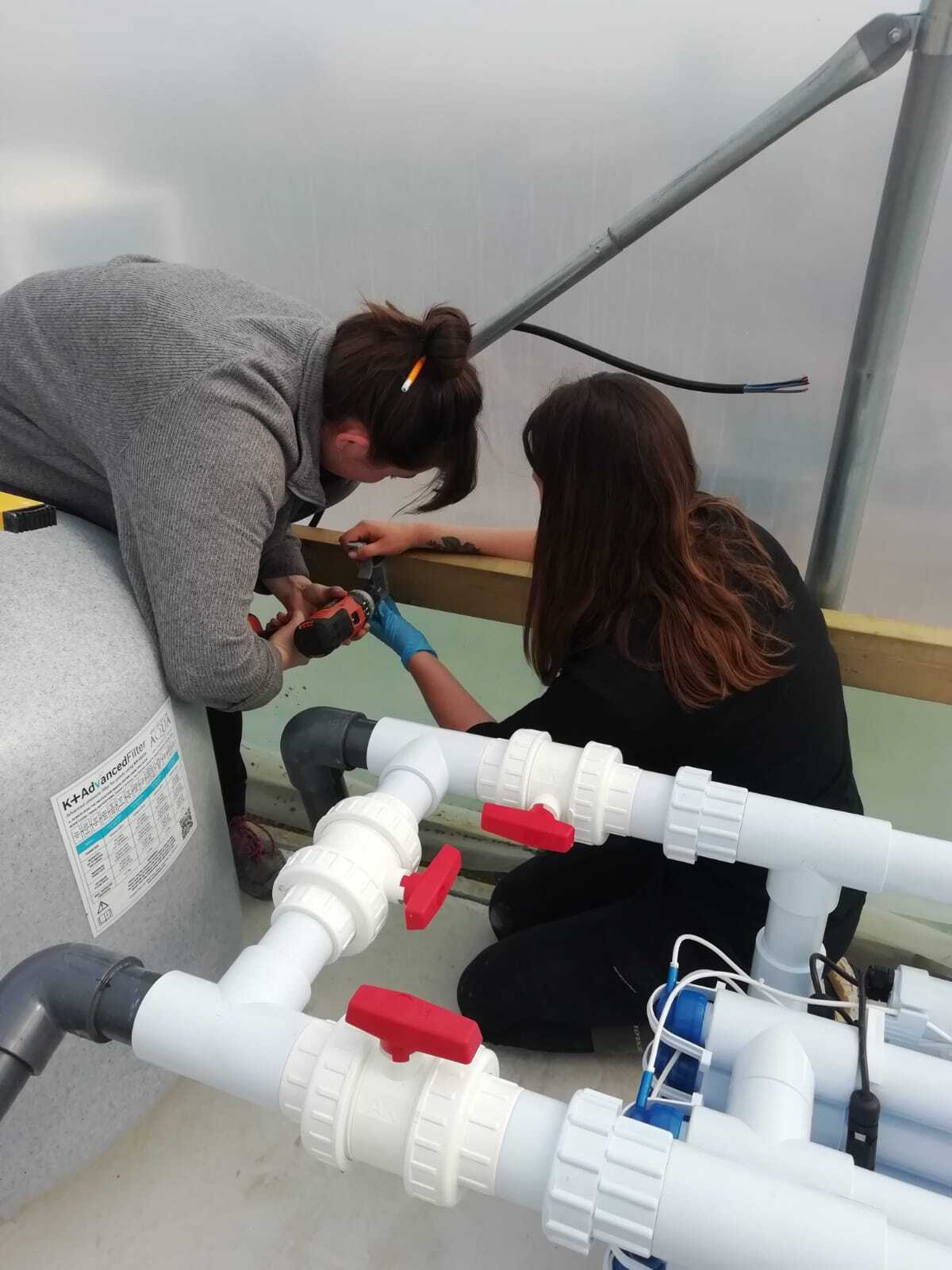
By Elise Simone de Tourtoulon-Adams We held our first Global Seagrass Nursery Network meeting at the end of Seagrass Awareness Month. If you would like to watch the seminar, click here.
Intern Takeover
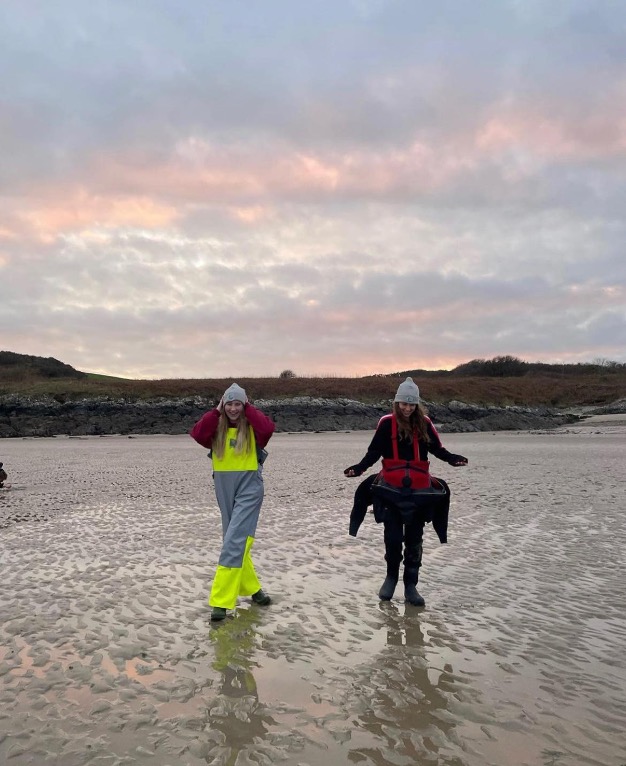
Intern Takeover – Planting trials in North Wales (February 2022) On Friday the 28th of January, a team of us started preparing for a week of fieldwork up in North Wales. A group of humans and one fluffy, four-legged companion (definitely the favourite member of Project Seagrass) helped fill 800 hessian bags and 200 coconut pots with sand and seagrass seeds. These were to be used in the experiments which lay ahead! Bertie looking very proud of himself after assisting the team with their very busy morning ensuring all of the seeds were prepped and ready for North Wales. The aim of this week was to help Lucy Coals with her PhD research project (a collaborative PhD with Deakin University, Swansea University and Project Seagrass), which is assessing how different site conditions and planting methods affect the success of seagrass germination and growth – how interesting, right?! This work is essential to help us better understand the conditions that seagrass prefers to grow in, including light and sedimentation preferences. Seagrass is very particular about its needs and is a very sensitive plant, so understanding the optimum conditions in which seagrass grows is SO important when considering things like site suitability for large-scale restoration efforts. After a very scenic 4-hour drive, filled with the most beautiful welsh landscapes and two of our incredible national parks – Brecon Beacons and Snowdonia, 9 of our team arrived at the Llŷn Peninsula in sunny but cold (nothing new there…) North Wales. Once we arrived and settled in, we tucked into some yummy pasta and headed to bed, making sure we were well rested to start our busy week of field work! Day 1: After a morning full of briefing, organising equipment and kit, we made the hour-long trip to Traeth Bychan in Anglesey to reach the mid-afternoon low tide. An accidental wrong turn led us to the longest named train station in the world “Llanfairpwllgwyngyllgogerychwyrndrobwllllantysiliogogogoch” – a mistake that we were NOT complaining about. Finally, we arrived and kitted up in waders and warm clothes, then headed down to the beach. Lucy demonstrated her 3 different planting methods – planting using hessian bags, coconut pots (which were slightly more exposed) and DIS (dispenser injection seeding) which mixes seeds with mud and is injected directly into the sediment. We then got started with the planting experiments and took sediment samples to assess the organic content and pollution of this site. After a busy first day we headed back to our accommodation, tired but in high spirits. There’s nothing quite like the feeling of completing the first day of fieldwork successfully after lots of stressful planning to ensure everything runs perfectly! Lucy demonstrating how she wanted her experiments, in what order the different planting methods were to be used and the specific way they were to be planted… as the rest of us listened veryyyyy well (check out all of the concentrating faces!) The longest train station in the world “Llanfairpwllgwyngyllgogerychwyrndrobwllllantysiliogogogoch” … go on… try and pronounce it, you know you want to! Day 2: We woke up feeling energised on Tuesday, with half the team deciding to head down to the local beach (Abersoch beach) for a cold-water morning dip. It was freezing and fantastic at the same time but what truly made it was the welcome that we received from the Abersoch dunkers group, who were not only the friendliest people on Earth but were also really interested in the work we were doing locally! Our completely crazy, bonkers team having a wonderful cold morning dip at Abersoch beach – surprisingly, we all felt AMAZING after this dip… maybe there’s a reason why cold water swims are hyped up so much… After another busy morning full of team briefings and preparing equipment and planting materials, we headed back up to gorgeous Anglesey. We split into two teams with half of us heading to Porth y Môr and the other half to Traeth Lligwy. Just like the day before we kitted up, walked to our site, set up the planting trials and took sediment samples when low tide hit – and that’s it! Another experiment set up and in full swing! Two sites down, another 2 to go! Due to the nature of the afternoon low tide, we experienced an amazing purpley pink sunset across the beach, lifting team spirit and moral – as the week went on, we were fortunate enough to keep being awarded with these mesmerising, colourful sunsets. The most beautiful sunset over Traeth Lligwy filled with purple and pink hues. It’s times like these that you take a few moments to appreciate the beauty of our stunning planet. GOOSEBUMPS! Day 3: We started the day with a quick GPS refresher from Lucy, after a quickfire of ‘what does this button do?’ we were put into teams to search for nearby GPS points – a lot of fun and a little bit trickier than it may sound… needless to say we all learnt a lot and are definitely a little more confident when using a GPS. Today we were heading to Penychain, where we spotted our first seagrass of the week – as you can imagine, the team of SEAGRASS ENTHUSIASTS were ecstatic with this discovery! A beautiful patch of Zostera marina on Penychain beach… I mean… does anything compare to the vivid green leaves of a seagrass plant?? I think not. Ben in his element. We also added these sightings to Seagrass Spotter – remember to add yours too if you come across a patch of seagrass!! When low tide hit, we got started on the experiments as normal but also did a site assessment – looking at the features of the beach like how much oxygen is in the sediment, what type of sediment was at the site (e.g muddy, sandy, gravelly), any signs of pollution (e.g runoff) and more general assessments like what organisms were present to be able to get a feel of whether this site may be
Seagrass Nursery News – Vol. 6
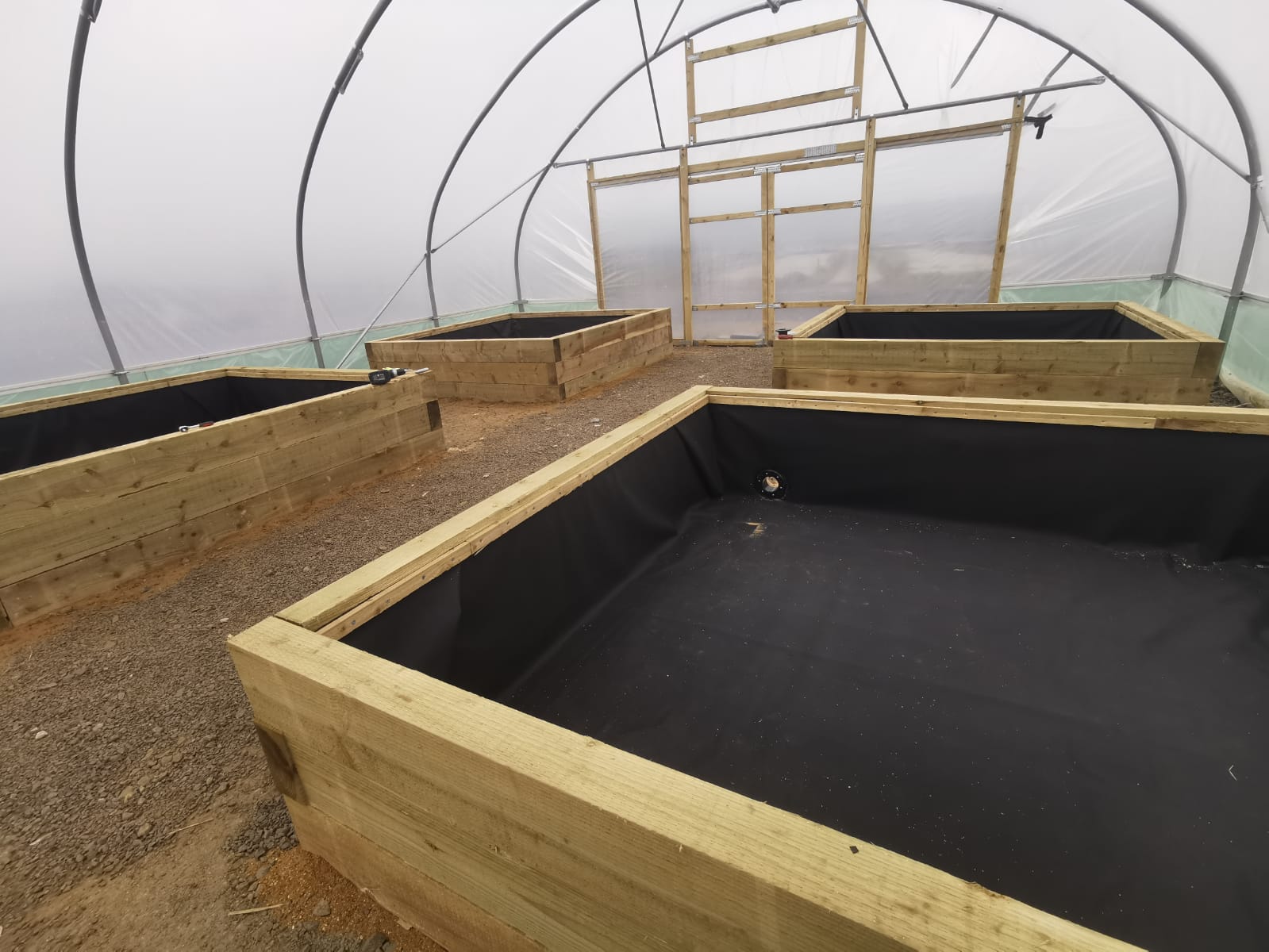
By Elise Simone de Tourtoulon-Adams
Seagrass Nursery News – Vol. 5
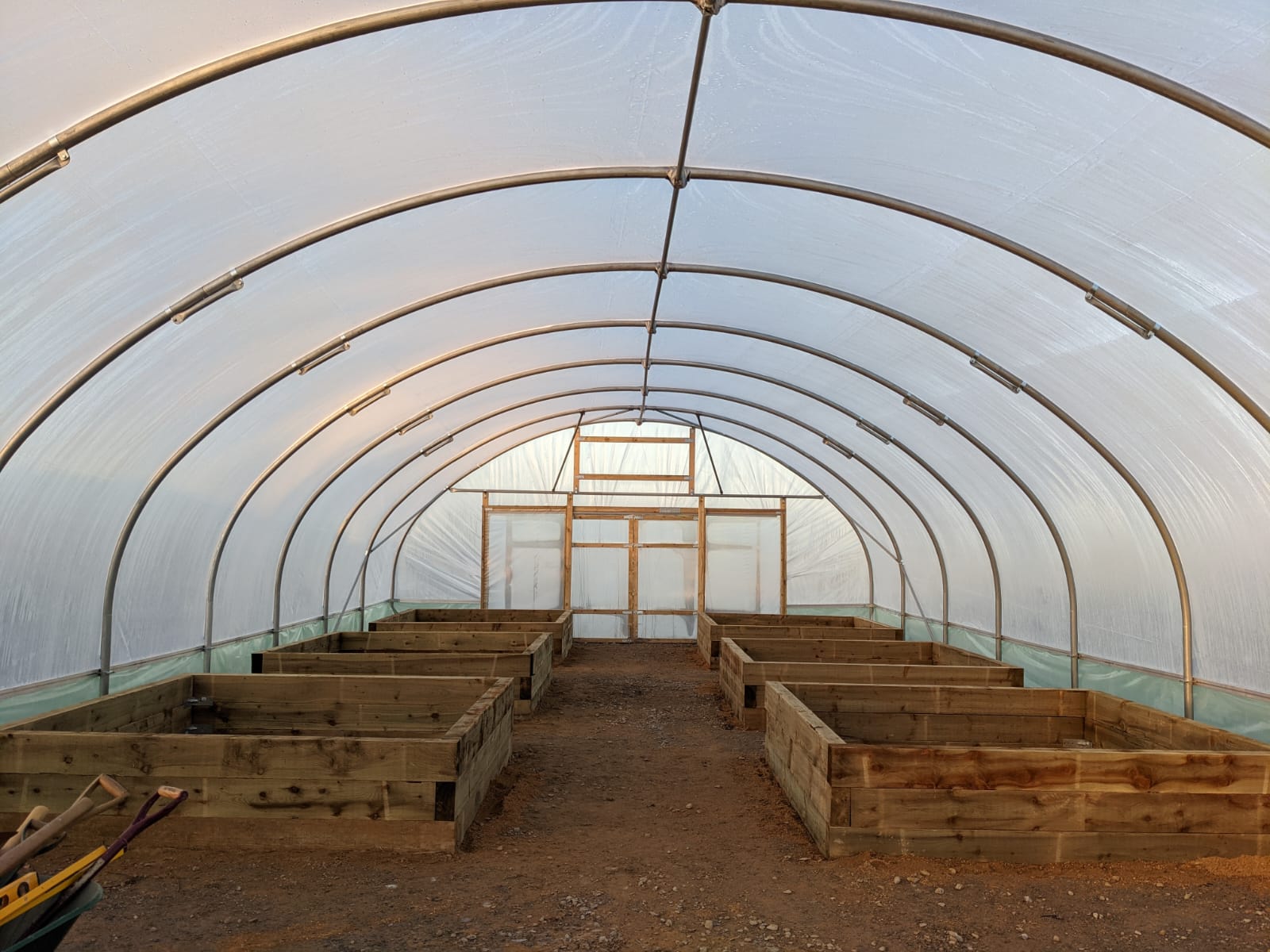
By Elise Simone de Tourtoulon-Adams
Geo Enthusiast turned Seagrass Fanatic!
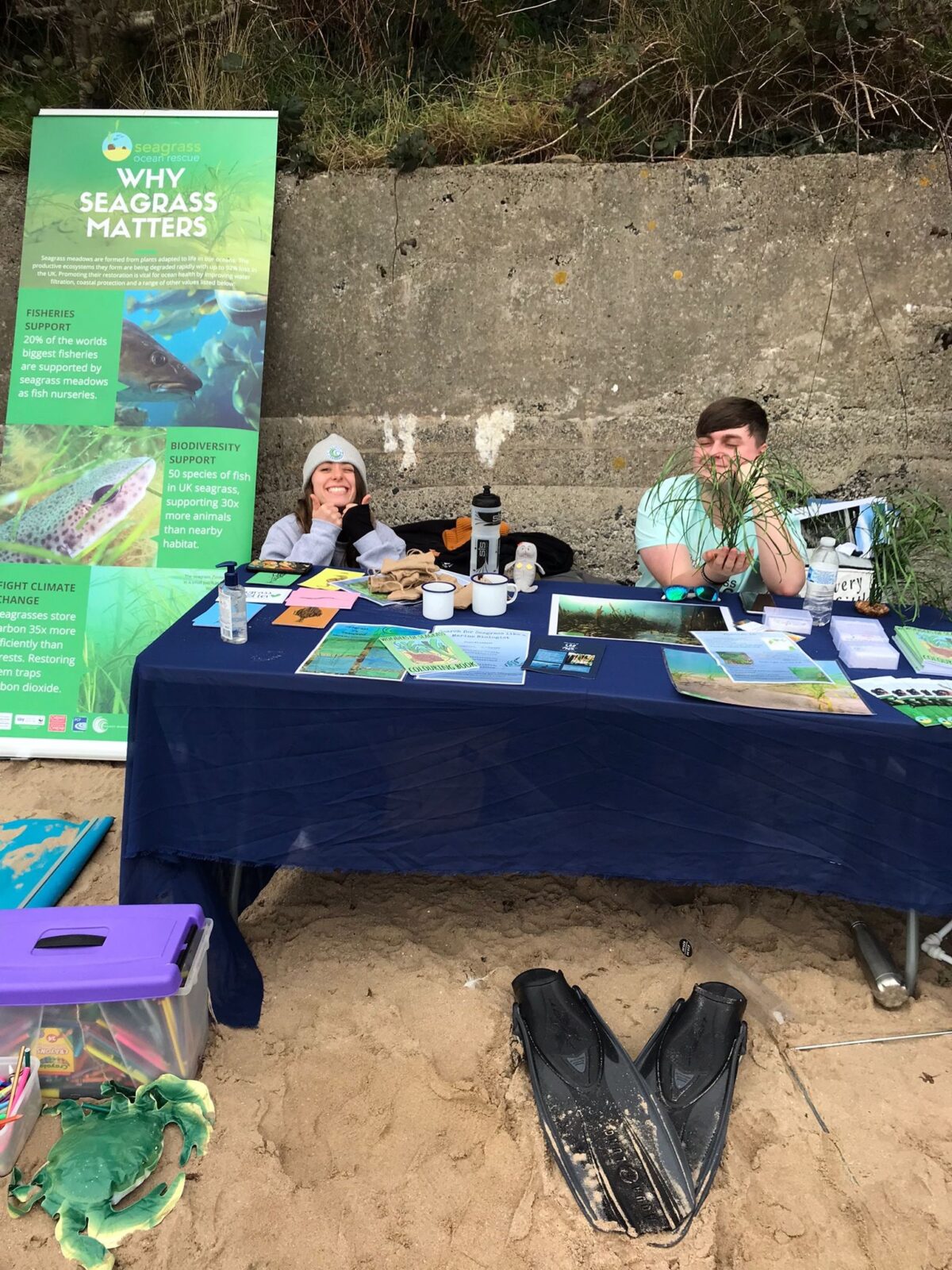
My name is Danny Rice, I am a 23 year-old Conservation Assistant at Project Seagrass. I began working for the charity in June 2021 due to the Government-funded Kickstart Scheme. Despite studying a Bachelor’s degree in Physical Geography and a subsequent Master’s degree in Climate Change, the COVID-19 Pandemic found me unemployed. I was so lucky to see this job posted as a Kickstart Scheme, so I applied through my work coach and got the job. I was thrilled and so thankful! When I was 6 years-old, Boxing Day 2004, I was sat in front of the television, completely entranced with the news of the awful Tsunami that struck Indonesia and countries surrounding the Indian Ocean. A classic story my mother still tells people to this day. Ever since then I have had a profound interest in not only natural hazards, but the ocean itself and what it holds. How powerful is the ocean? How important is it for human and marine life? Is this tsunami a regular occurrence and a threat? It was not until my Master’s degree that I understood the ocean’s full potential in terms of climate change and not just hazardous tsunamis. But that knowledge was still very limited, because I still had no idea what seagrass was and how important it is for climate change and blue carbon. Although my academic background is mainly geographical, the elements that account for seagrass decline (pollution, agricultural and urban runoff, nutrient overload etc.) are not alien to me and are issues I have studied in a geographical concept. Being able to utilise my GIS and mapping techniques for seagrass meadow distribution has been both interesting and fascinating. I have not yet had the chance to get out into the field with the team, but any seagrass mapping data and drone imagery that has been taken, I project into GIS at home, and conduct my analyses and data creation of seagrass meadows mapped from the drones. The work has been enthralling and someday soon I will hold the certification to fly my own drones and hopefully get out into the field to do my own drone surveys! My work has extended to working alongside global tech company CGI in collaborating with a brand-new seagrass mapping tool, using satellite remote sensing data from the Sentinel satellite. The collaboration is part of CGI’s ambition to become Net Zero by 2026, and to promote climate change initiatives such as seagrass seed planting and mapping its potential distribution across the UK coastline for restoration and conservation efforts. I assist with the GIS work and provide ecological understanding of seagrass. This project has some direct links to my previous academic work – I did not think I would be conducting remote sensing work within the marine industry, which shows how exhilarating and interdisciplinary this job has been for me. Working with the CGI team has been very enjoyable, and a prime example of how important charity work is, especially within environmental conservation. Every day, I feel like I am using my existing knowledge, but constantly gaining experience and understanding of our marine world and its importance for climate change. I have learned so much about seagrass and marine ecosystems in just 7 months – in geographical contexts to map seagrass, by attending outreach events to talk with other conservationists and the public, but also ecologically and biologically to understand its full potential in blue carbon. Thanks Project Seagrass! Geology rocks but seagrass is certainly nifty!
Can seagrass help reduce microplastic pollution?
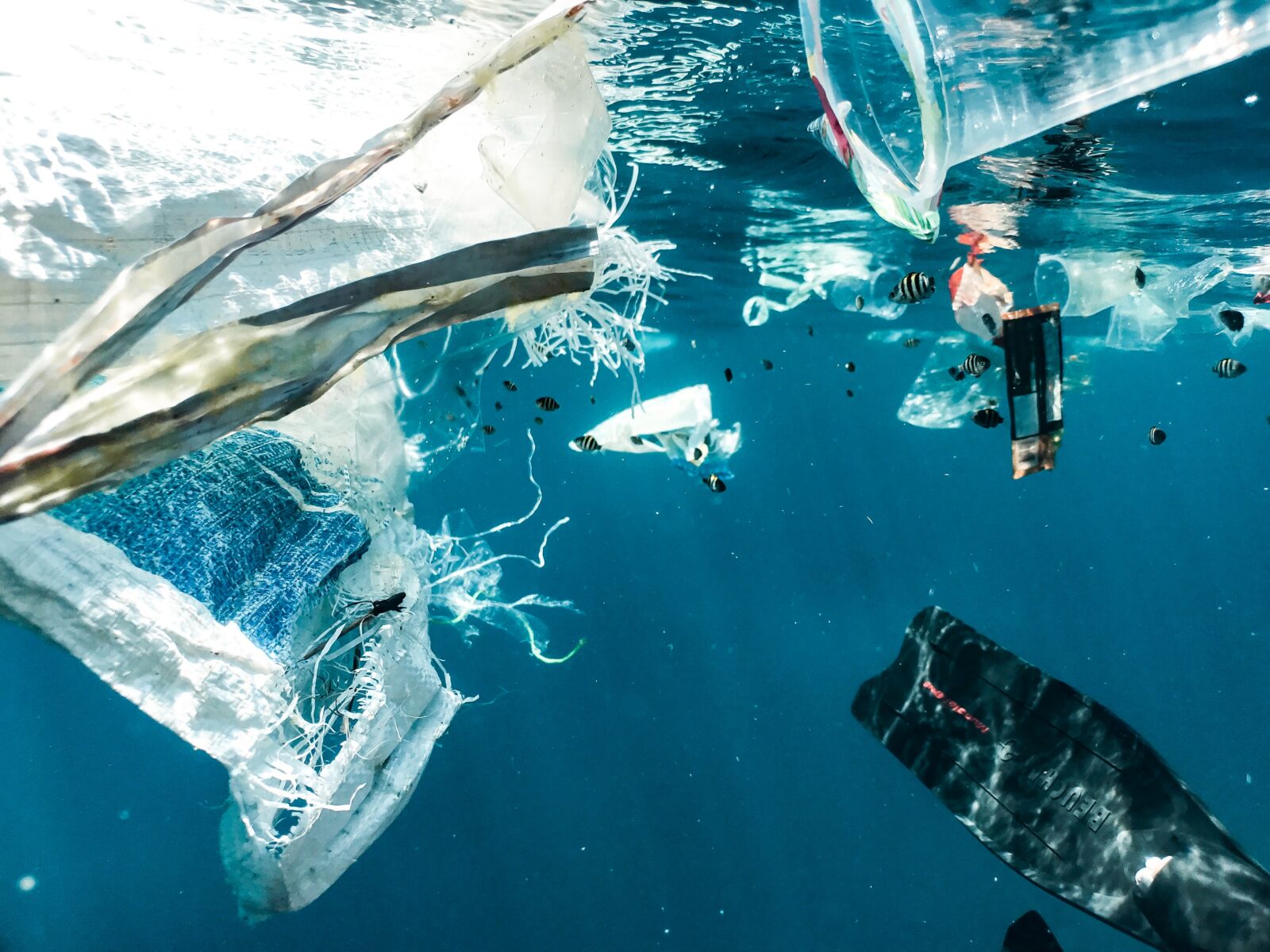
Guest blog by Lucy Wust Microplastics is a term that is worryingly on the rise in the media. They are found almost everywhere, and their polluting and damaging effects are felt heavily on marine environments. Can seagrass present a solution in our fight to tackle this widespread plastic contamination? What are microplastics and where do they come from? Microplastics are tiny plastic particles defined as being less than five millimetres in length. There are two categories of microplastic: primary and secondary. The category the microplastic is in tells us how it entered the environment. Primary microplastics are plastic fragments that were already five millimetres or less in size before entering the environment. Examples from this category include products for commercial use such as microbeads in exfoliants and other cosmetic products, and microfibres shed from washing our clothes. Water filtration systems cannot filter out these tiny particles and so they end up directly entering the ocean. Secondary microplastics are particles that result from the natural degradation of larger plastic pieces after entering the environment. For example, wave action, wind abrasion and ultraviolet radiation from sunlight can cause plastics such as water bottles and plastic bags to fragment and breakdown into tiny pieces. Both categories show us that it is the result of increased human use and release of plastic which is fuelling this mass of microplastics in marine environments, whether that is directly or indirectly. Many factors regarding microplastics, such as their high durability and level of accidental release, have caused their concurrent increase in abundance and geographical range alongside human population growth (Rocha-Santos and Duarte, 2015). The environmental impact of microplastics Despite microplastic release having been first identified in the 1960s (Ryan P.G., 2015), consumer awareness of the dangers of microplastics seems to only just be catching up now. More extensive research into the effect of microplastic on marine environments has only been conducted relatively recently, but there is still no conclusive evidence of the long-term consequences; an uncertainty that could potentially exacerbate their danger since their distribution is increasing. However, what is certain is the geographical range of microplastics; they are everywhere. Microplastics have been found in; a multitude of species, deep oceans, the Artic, the air we breathe and the water we drink, just to name a handful. It is there that they will stay and accumulate, since microplastics are not biodegradable. It could take hundreds or thousands of years for them to break down which highlights the importance of exploring ways to actively reduce their abundance in the environment. Microplastics come in different shapes, sizes and appearance, all of which influence how toxic they are to humans and the environment; thus making it difficult to assess the extent of their harm. Up until recently, research has focused on larger plastic items rather than microplastics, with the former widely known to cause entanglement and suffocation to marine life. However, researchers have identified that microplastics certainly pose a risk too; reductions in growth, fitness, and reproduction in marine animals due to microplastic ingestion have been observed (Horton et al, 2017), as well as the potential for microplastics to be carried further up the food chain and cause long-term damage. A lot of these problems will stem from marine life mistaking the microplastics for food, which can directly harm them, or indirectly cause them to not eat enough food. In addition, microplastics have been shown to act like a sponge by absorbing pollutants and chemicals, thereby transferring them from the environment into organisms. Not only is the threat of microplastics concerning, but the fact that they could be increasing the distribution of other pollutants intensifies their potential threat. What is currently being done to reduce microplastic in the ocean? How can seagrass help? The growing concern of the effect of microplastics has resulted in a few recent changes employed on a larger, government scale, but also on a smaller and more individual level. These include but are not limited to; the ban of the sale of products containing microbeads which came into effect in the UK 2018, the increasing efficiency of wastewater and drinking-water treatments, the avoidance of single-use plastic items such as straws and cups, recycling awareness and environmental education. So where does seagrass come into this? A study conducted by Sanchez-Vidal et al. (2021) found that seagrass meadows promote the trapping and aggregation of large- and micro-plastics, which results in their eventual escape from the coastal ocean. The species of seagrass, Posidonia oceanica, loses its leaves in autumn. These leaves are washed up by waves and currents and accumulate on beaches. The study found up to 613 plastic items per kg of washed-up loose leaves, ultimately concluding that the plastic gets intertwined and subsequently trapped in the seagrass. The plastic is then easily identified on the beaches and can be removed by us, emphasising the importance of our role in this clean-up too. However, ongoing declines in seagrass abundance points to reductions of this marine plastic trapping, just as we are starting to realise their clean-up potential. There is also uncertainty around the danger microplastics and large plastics pose to seagrass itself, thus it is crucial to ensure their conservation and not to view them as the only solution to plastic pollution. Further research is vital to identify; the extent of seagrass plastic trapping, the range of seagrass species capable of plastic trapping, seasonal dependency regarding the loose leaves, the varieties and limitations of plastic that can be trapped, and much more. Nevertheless, this study has identified a key trait of seagrass that could help marine life health. In conclusion, we are responsible for the growing plastic pollution in the ocean and ultimately the devastating consequences it brings to marine life. Ongoing research, individual lifestyle changes and charitable actions are just a few of the means adopted to tackle this worrying problem, and seagrass could present a natural solution to aid in our fight. However, we cannot let seagrass do all of the work in removing microplastics
Seagrass Nursery News – Vol. 4
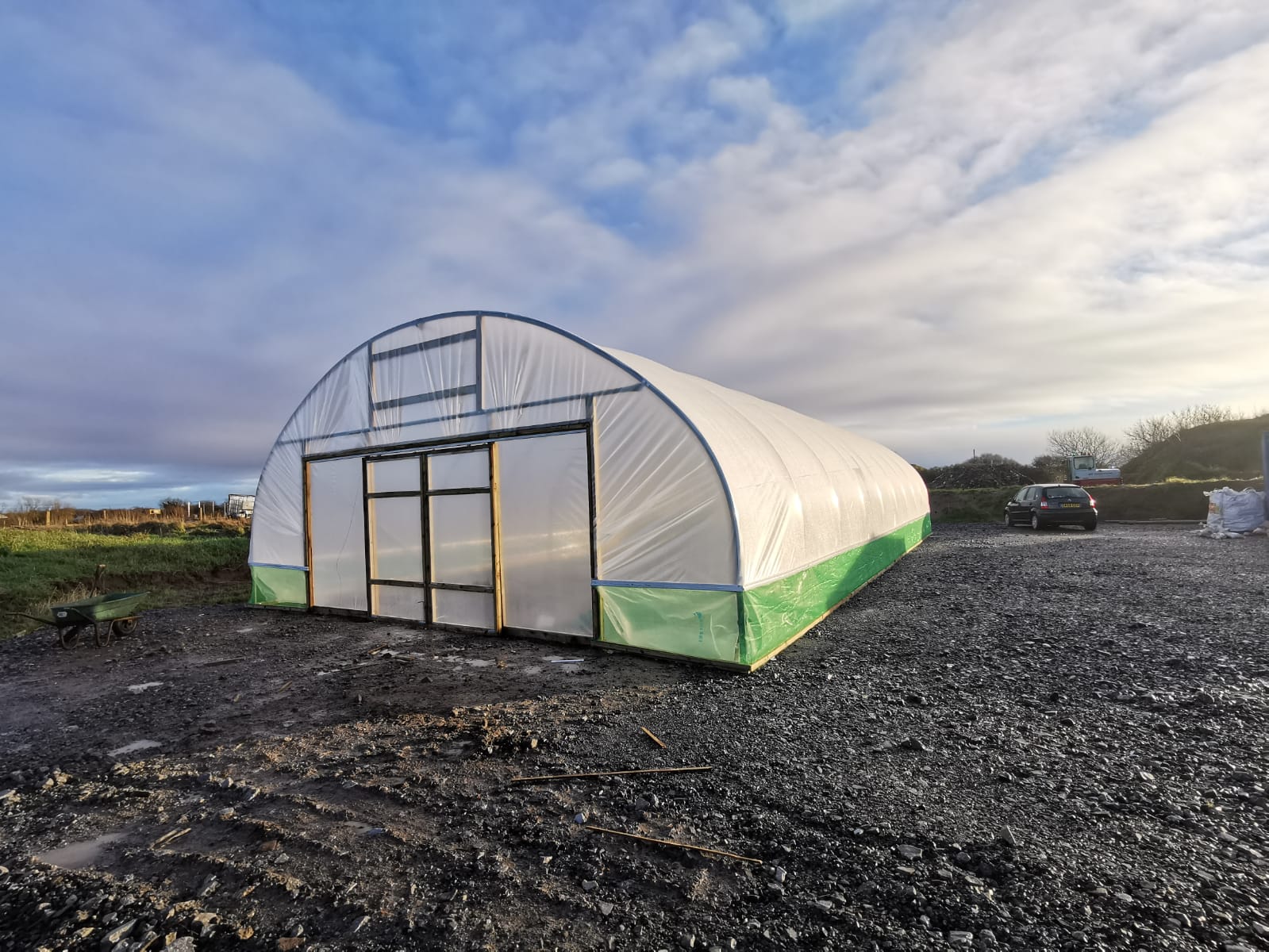
By Elise Simone de Tourtoulon-Adams

